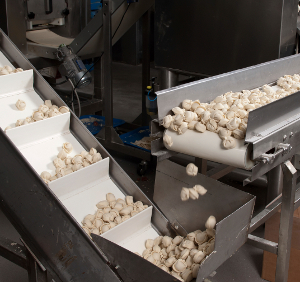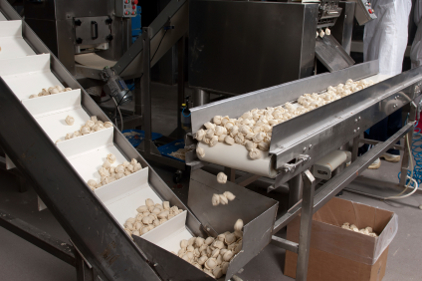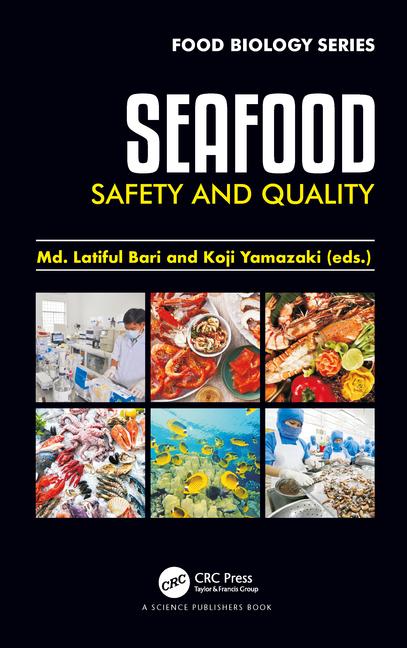 There’s an longtime mantra in the protein-processing business, says John E. Johnson, general manager, JBS, that fits into the world of material handling quite well, especially in summary of the constant demands put on operations.
There’s an longtime mantra in the protein-processing business, says John E. Johnson, general manager, JBS, that fits into the world of material handling quite well, especially in summary of the constant demands put on operations.
“The saying has always been: Keep it clean, keep it cold, and keep it moving,” he relays. “Conveyors and subsequent belting need to be designed in a way to consistently meet the handling need — type of belt, motor/gearbox, controls, etc.”
Although the industry has come a long way in designing conveyors and belting to fit the needs of the AMI Sanitary Design Principles, particularly where new equipment is concerned, it’s the older equipment that poses challenges today for processors.
“Designs have become much better, more cost-effective and easier to clean,” Johnson adds. “On the other hand. there are old conveyors and designs that contribute to inability to clean well or be safe. The most common is the use of tubular or square hollow supports.”
Matt Giroux, corporate project manager, Butterball LLC, says his team continues to search for material-handling solutions that are the perfect balance between function and food safety.
“Conveyor technology is available for both advanced material-handling situations and for extreme food-safety sanitary situations — there seems to be lack of conveyor options that are a good mix of the two,” he explains. “Most applications we deal with have extreme sanitation requirements, and many times it is difficult to get the material-handling functionality we desire while staying practical for sanitation.”
According to Giroux, another challenge has been to find belting material that will stand up to sanitation chemicals, temperature extremes, and heavy processing demands.
“Recent advances in solid belting versus traditional modular belting have satisfied both the food-safety needs and the longevity expectations that exist in a processing environment for many applications,” he says. He is hopeful that the next advancement in material-handling designs will center on belting materials that are detectable in X-ray and metal-detection systems currently in use in most processing applications.
Johnson sees signs that conveyors and belting solutions are heading in the right direction in regard to the demands. Safety, both of the worker and the food product, is the key to any conveyor design.
“The biggest challenge is to incorporate a safe design which meets the production needs as well as matches up with belt capabilities and manufacturers,” he says. “I believe that the larger plants or those plants serviced by conveyor manufactures not set in the old way of doing business are seeing better conveyors. The cooperation [between] belt manufacturers, conveyor designers and builders is becoming closer.”



Report Abusive Comment